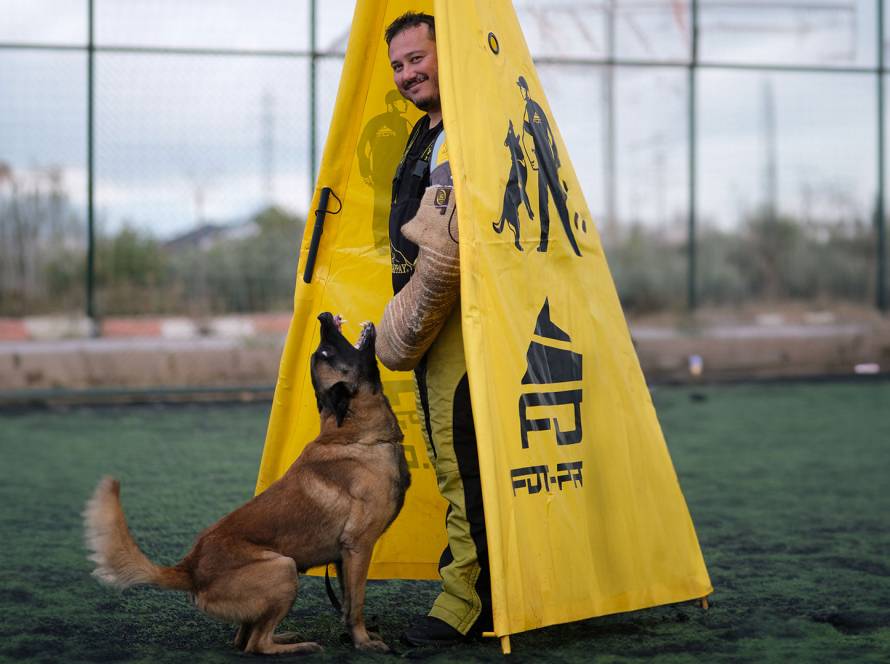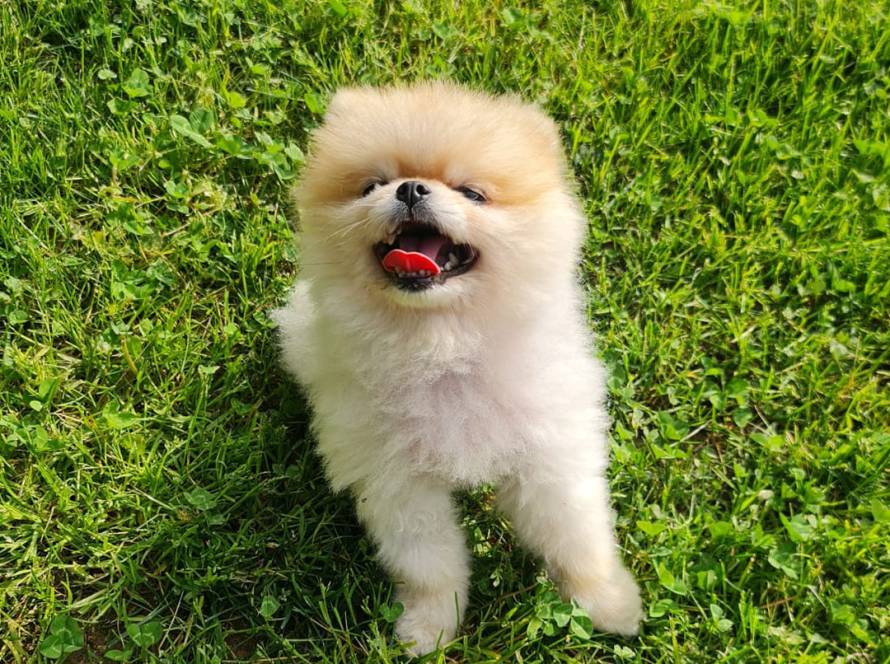Dog training is the process of teaching your dog desired behaviors and eliminating unwanted ones. It is important to train your dog from a young age, but even older dogs can learn new tricks.
Here are some tips for dog training:
- Use positive reinforcement. This means rewarding your dog for good behavior. Rewards can be anything your dog likes, such as food, treats, praise, or petting.
- Be consistent. Dogs learn best when they know what to expect. Use the same commands and rewards every time you train your dog.
- Start with simple commands. Once your dog has mastered a simple command, you can gradually move on to more complex ones.
- Keep training sessions short and fun. Dogs have short attention spans, so aim for training sessions that last about 10-15 minutes.
Here are some basic commands you can teach your dog:
- Sit: Hold a treat in front of your dog’s nose and slowly move it up and over their head. As your dog follows the treat with their nose, their bottom will naturally go down into a sitting position. As soon as your dog’s bottom hits the ground, say “sit” and give them the treat.
- Stay: Once your dog knows how to sit, you can teach them to stay. Have your dog sit and then hold up your hand in a “stop” signal. Say “stay” and then take a few steps back. If your dog stays sitting, return to them and give them a treat. If they get up, start over.
- Come: To teach your dog to come, start by calling their name in a happy voice. If they come to you, give them a treat and lots of praise. If they don’t come, don’t chase them. Simply call their name again and wait for them to come to you. Once they are consistently coming to you when you call their name, you can start adding distractions, such as other people or dogs.
If you are having trouble training your dog, you may want to consider hiring a professional dog trainer. A good trainer can help you identify the best training methods for your dog and provide guidance and support throughout the training process.
Here are some additional tips for training your dog:
- Socialize your dog early. This means exposing them to different people, places, and situations. Socialized dogs are more likely to be well-behaved in public.
- Be patient. Training takes time and practice. Don’t get discouraged if your dog doesn’t learn a new command right away. Just keep practicing and be consistent.
- Make training fun. Dogs are more likely to learn if they are enjoying themselves. So keep training sessions short and positive, and use rewards that your dog loves.
With patience and consistency, you can train your dog to be a well-behaved and loving companion.

